“Le Patou”
The Great Pyrenees is known as “Le Chien de montagne des Pyrénées” in France or “Le Patou” derived from the word “Pastre” in old french that means shepherd. This ancient breed has been guarding livestock in rugged territory since as early as 3000 BC. In 1675 the breed became the royal dog of France. The first documented Great Pyrenees came to the USA in 1931.
https://greatpyrenees.club/history-of-the-great-pyrenees/
We have had the privilege of owning these beautiful dogs since 2013. Our first female was an excellent working dog bred by Jacki Alm in Minnesota. Vanna’s ability to love goats as much as her master left me in awe of the breed. I had never met a dog that considered other creatures part of it’s immediate family. She stood her ground when numerous coyotes attempted to snatch our small milk goats. As a result I never lost a goat under her care. In deep winter she would be found snuggled in a pile of goats in the barn. She did not nuisance bark, false alarm or roam miles from home. She was not a danger to guests on the farm. We continue to work with the Great Pyrenees instead of other breeds because we feel they are best suited to our cold climate in Montana, very effective at predator management and a solid addition to our family.
We are breeding best working dog to best working dog. We keep our inbreeding coeffecient’s as low as possible. Our dogs work the farm but have regular grooming, routine veterinary care and access to shelter at all times.
We do not have puppies often but feel free to reach out to get on our waitlist. 5ft No climb perimeter fencing is highly recommended for all Livestock Guardian Dogs. We have found that good fences make good neighbors in Montana. Each area is different but in our area any dog that roams slightly off of personal property is at risk for being shot. We have kept these dogs unfenced and found that they roamed about a 500 acre area from the house/livestock chasing coyotes and other predators. They do bond well with stock and families but will leave the house or barn to pursue predators unless fenced. As of 2024 we have had no livestock losses since working with this line of dogs. In our immediate area we have a thick coyote population, numerous mountain lions, Grizzly bears, black bears and wolves. Our dogs patrol the fence line at night and bark when predators are present. Listen to the video below to hear what are dogs are up against on a nightly basis. When you want to keep livestock and guardian dogs safe a good fence works both ways! You can hear the number of coyotes in our video- I generally keep 2 or 3 working dogs at a time. With the amount of predators in this area my fence not only keeps my dogs from straying but it keeps the predators from actually making physical contact with my dogs. I avoid lots of vet bills this way. Otherwise my dogs are actually tangling with predators which would be physical wounds as well as chance for disease. So far the fence and the presence of the dogs is enough to keep the predators on the other side without contact conflicts. This is the premise of effective predator management and living safely in this area without having to harm the wildlife. People have had success with the portable electric netting for our dogs and livestock. There has been varied success with electric fencing. This works for some dogs and not for others.
“Your dogs have color!” We have a strong preference for badger markings and color in our Pyrenees. There is an old saying for horses “One white foot, buy him; two white feet, try him; three white feet, look well about him; four white feet, go without him.” Temple Grandin writes about excessive white defects such as deafness, poor balance and unstable behavior.
https://www.grandin.com/references/horse.genetics.html
We aim to have enough genetic diversity in our litters that puppies have spots when born. These spots most often fade to white with age leaving just a little color around the ears. Occasionally the color does not fade. We find the extra color beautiful and a strong indicator of genetic diversity.
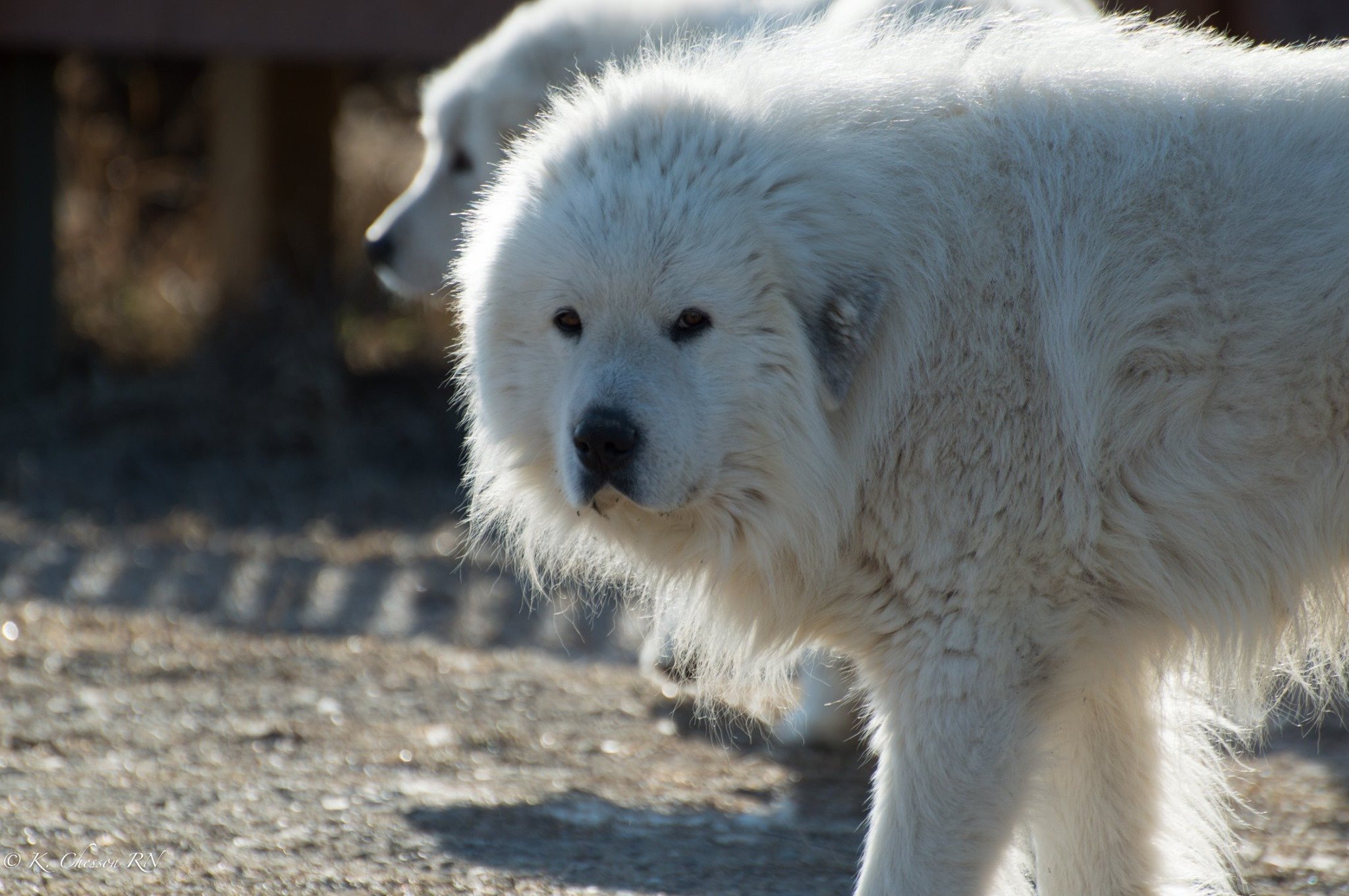



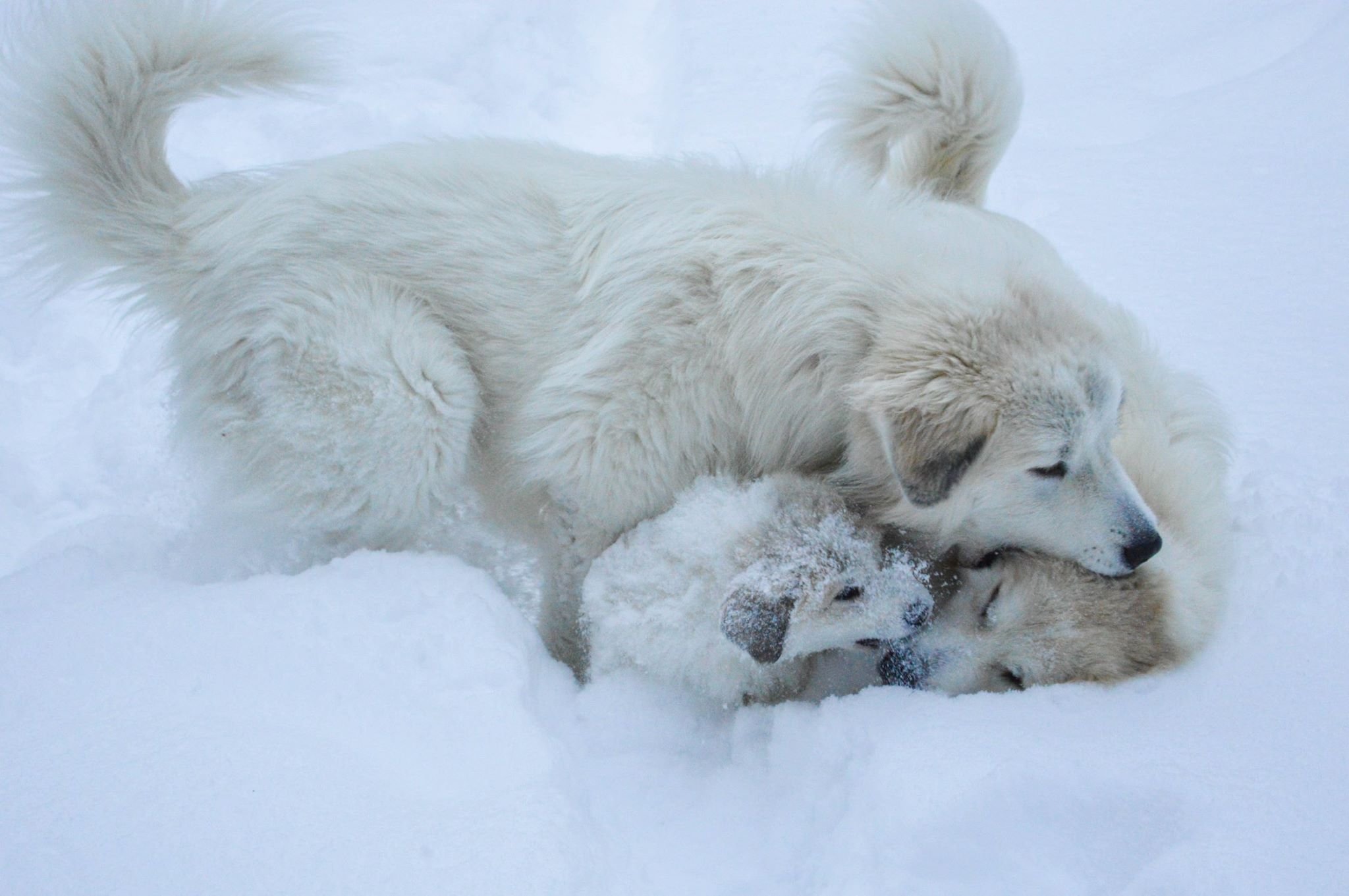
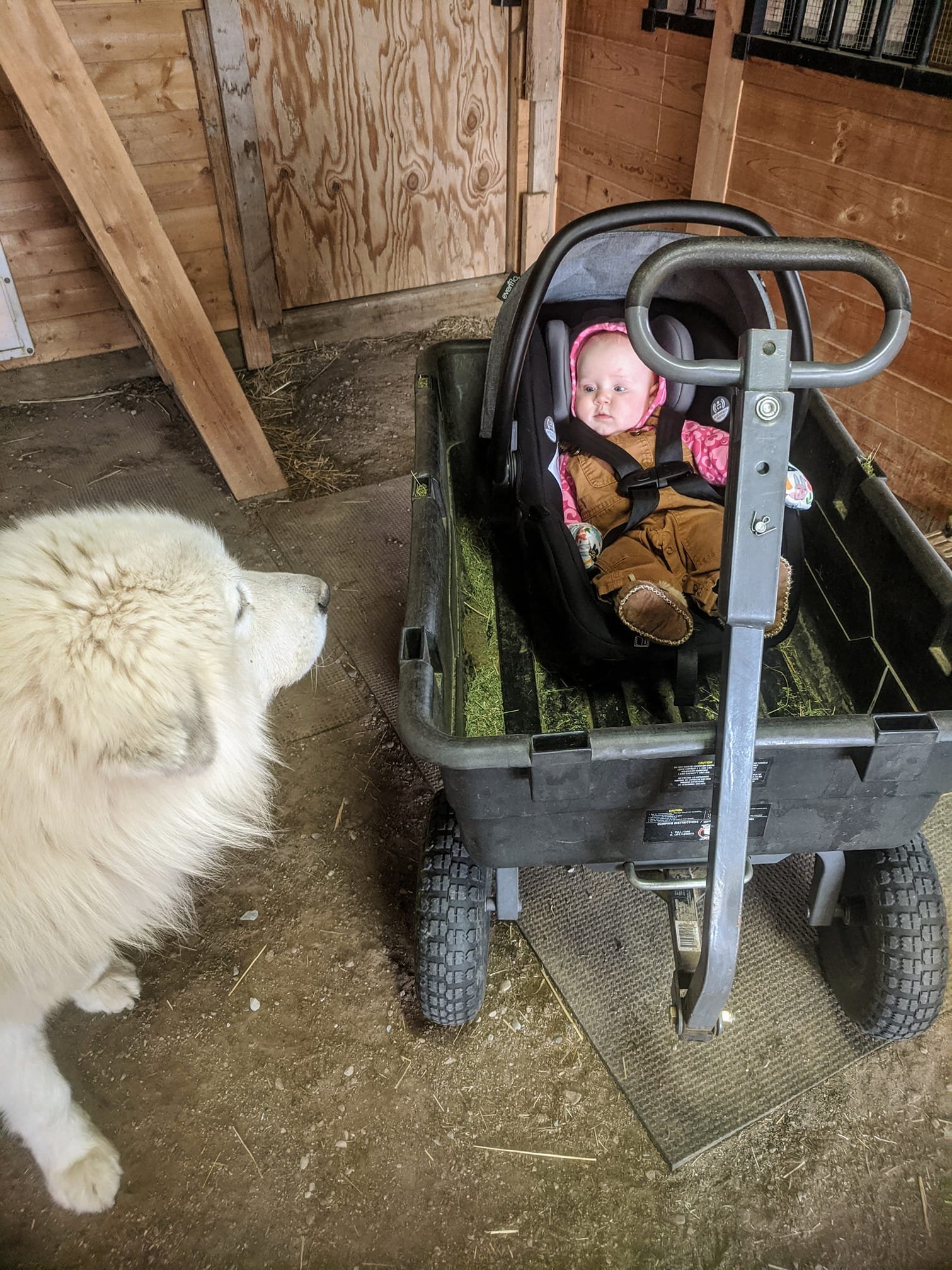

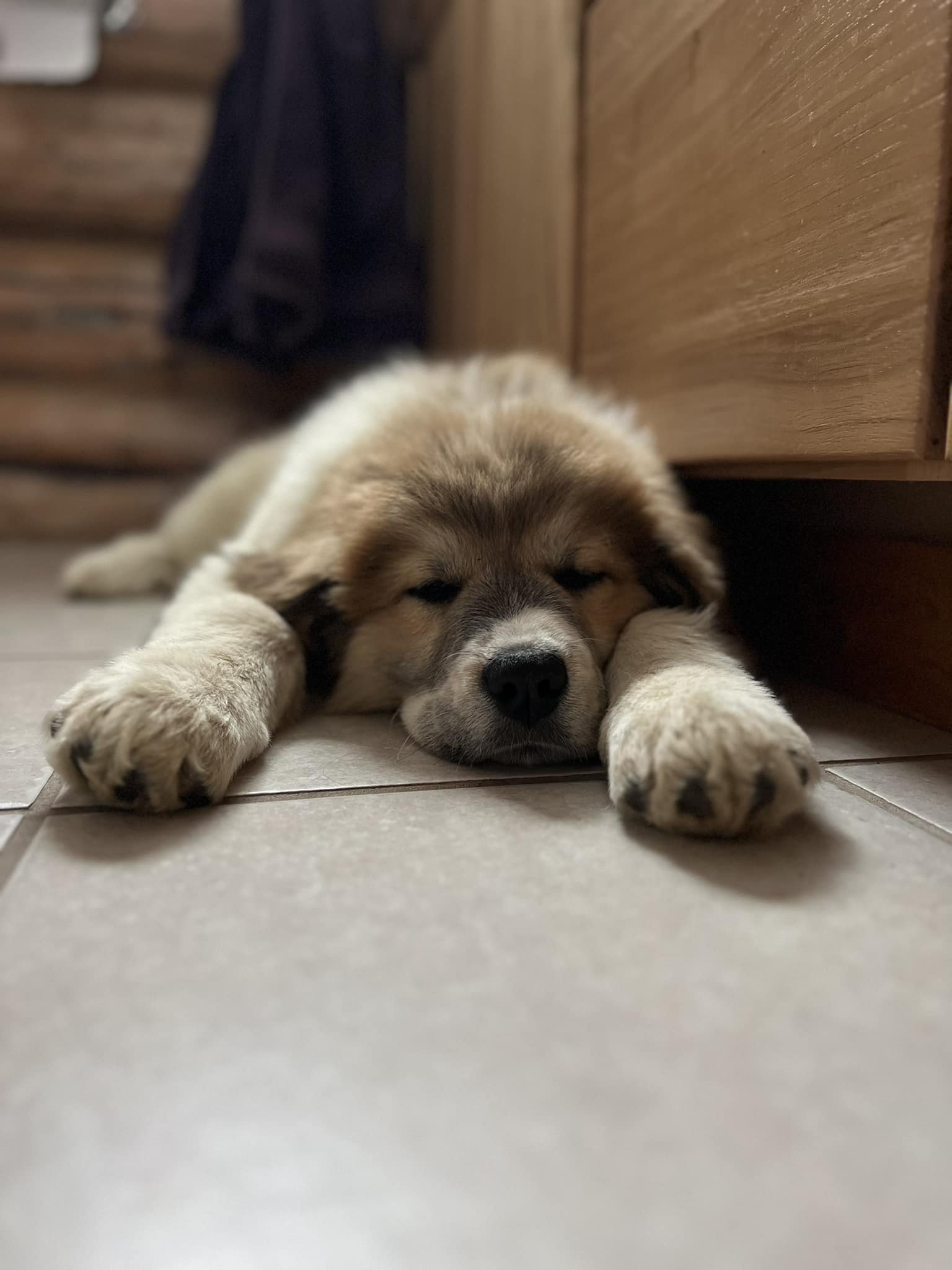
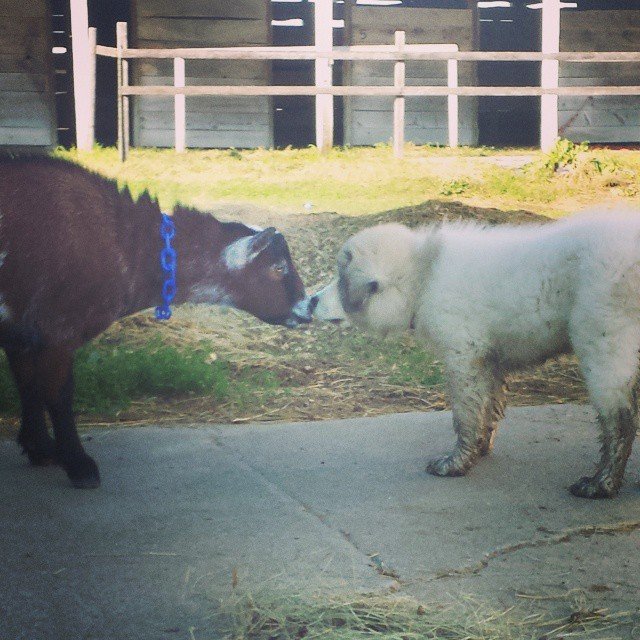
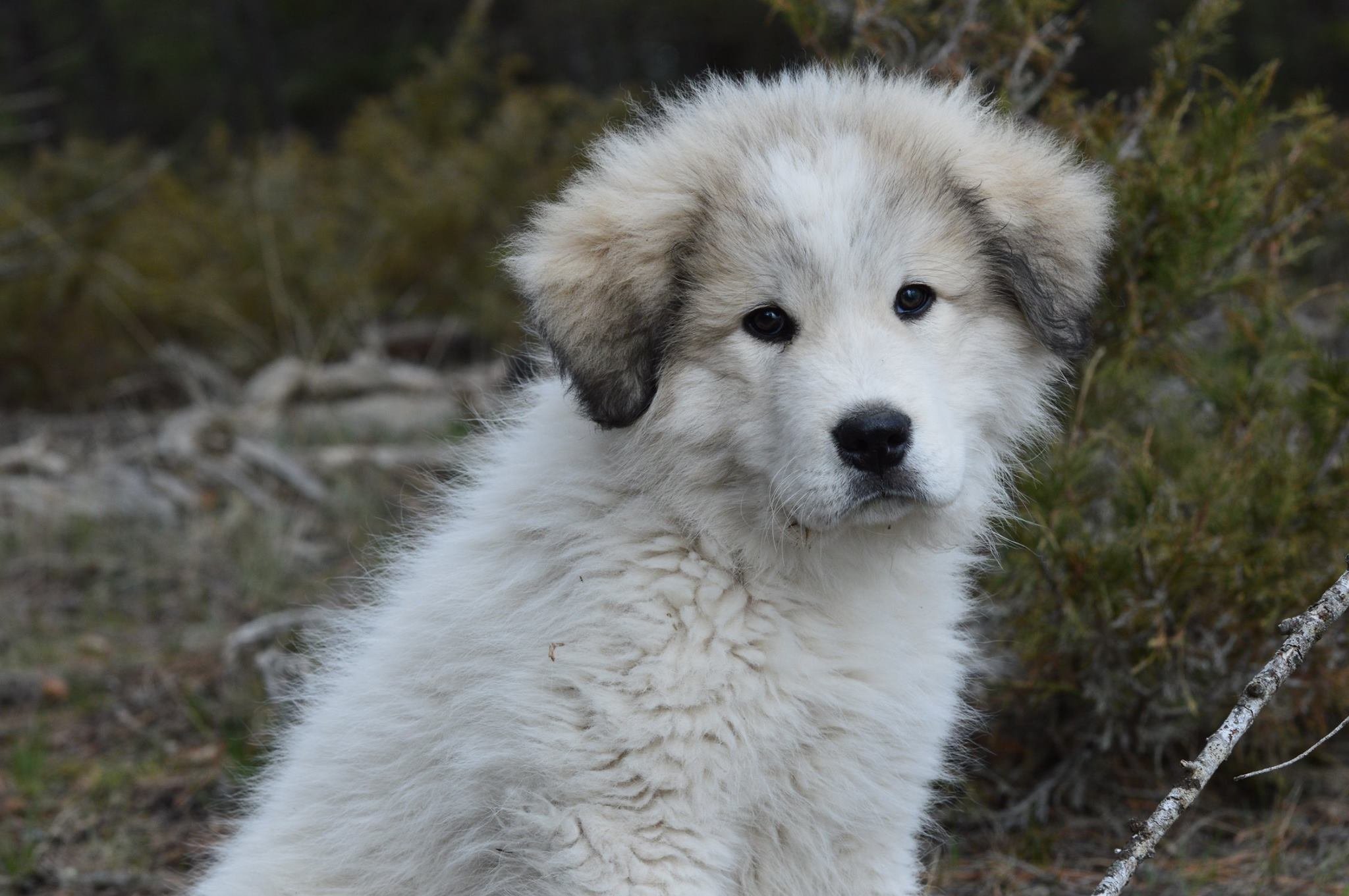
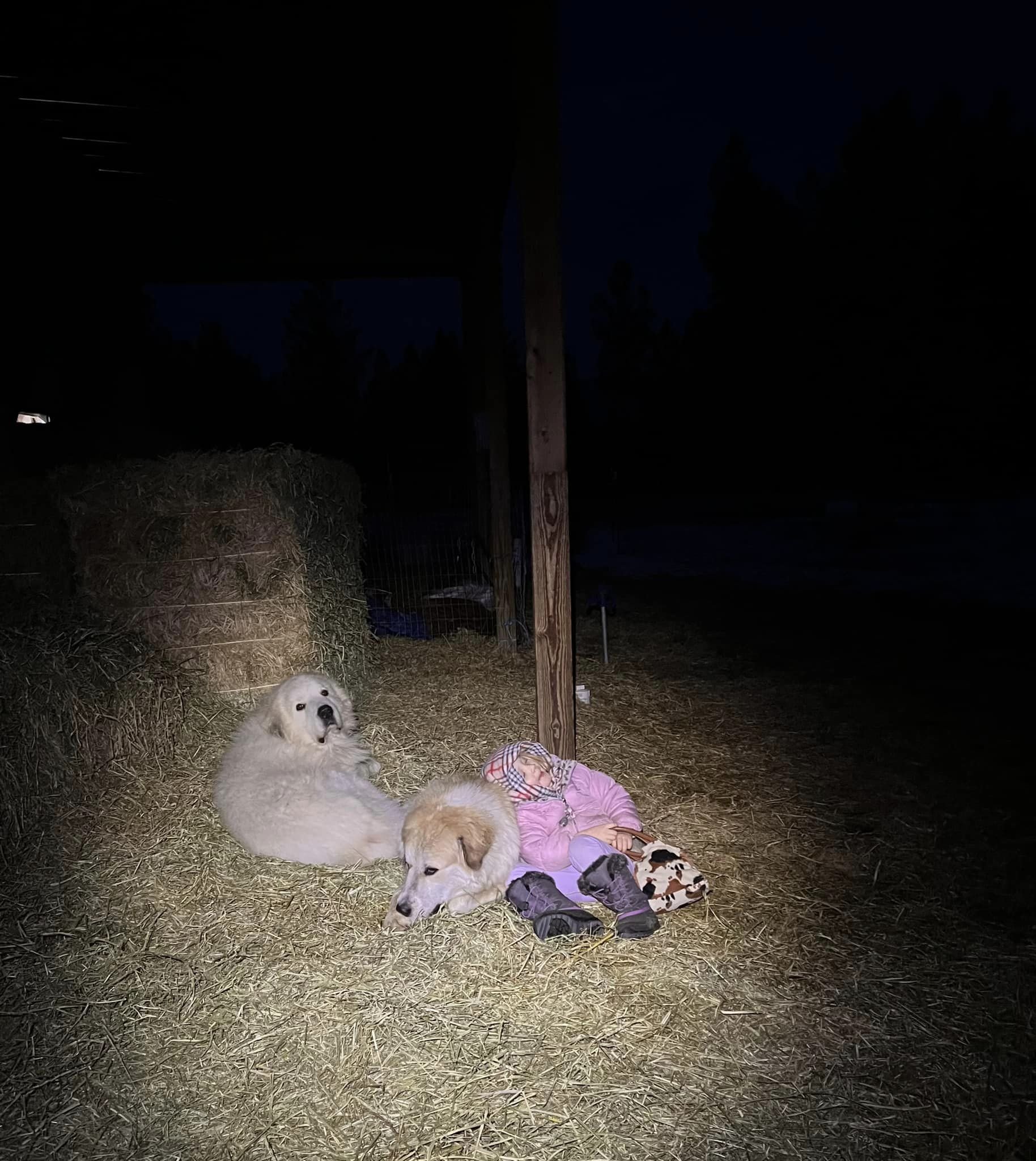
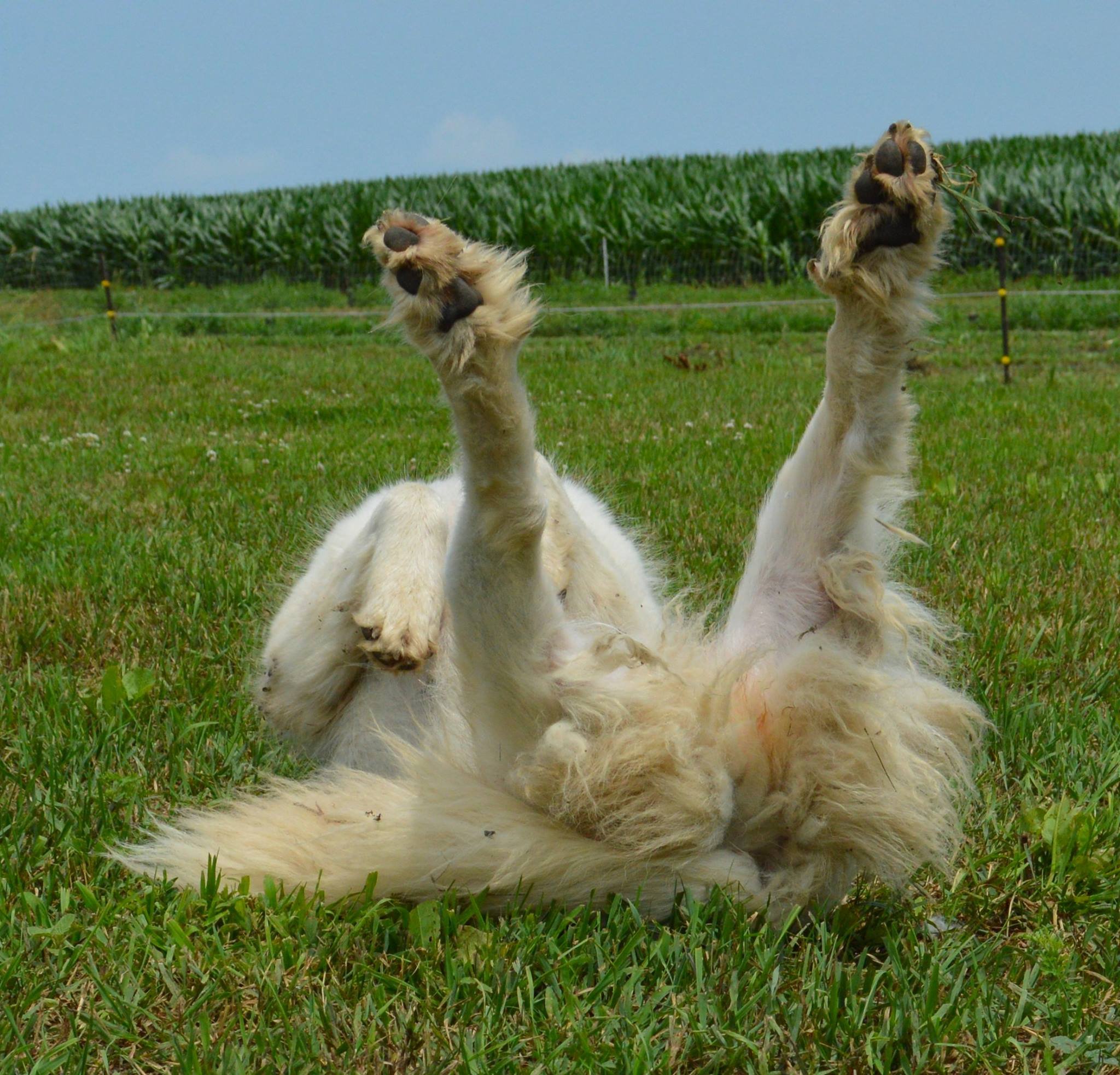
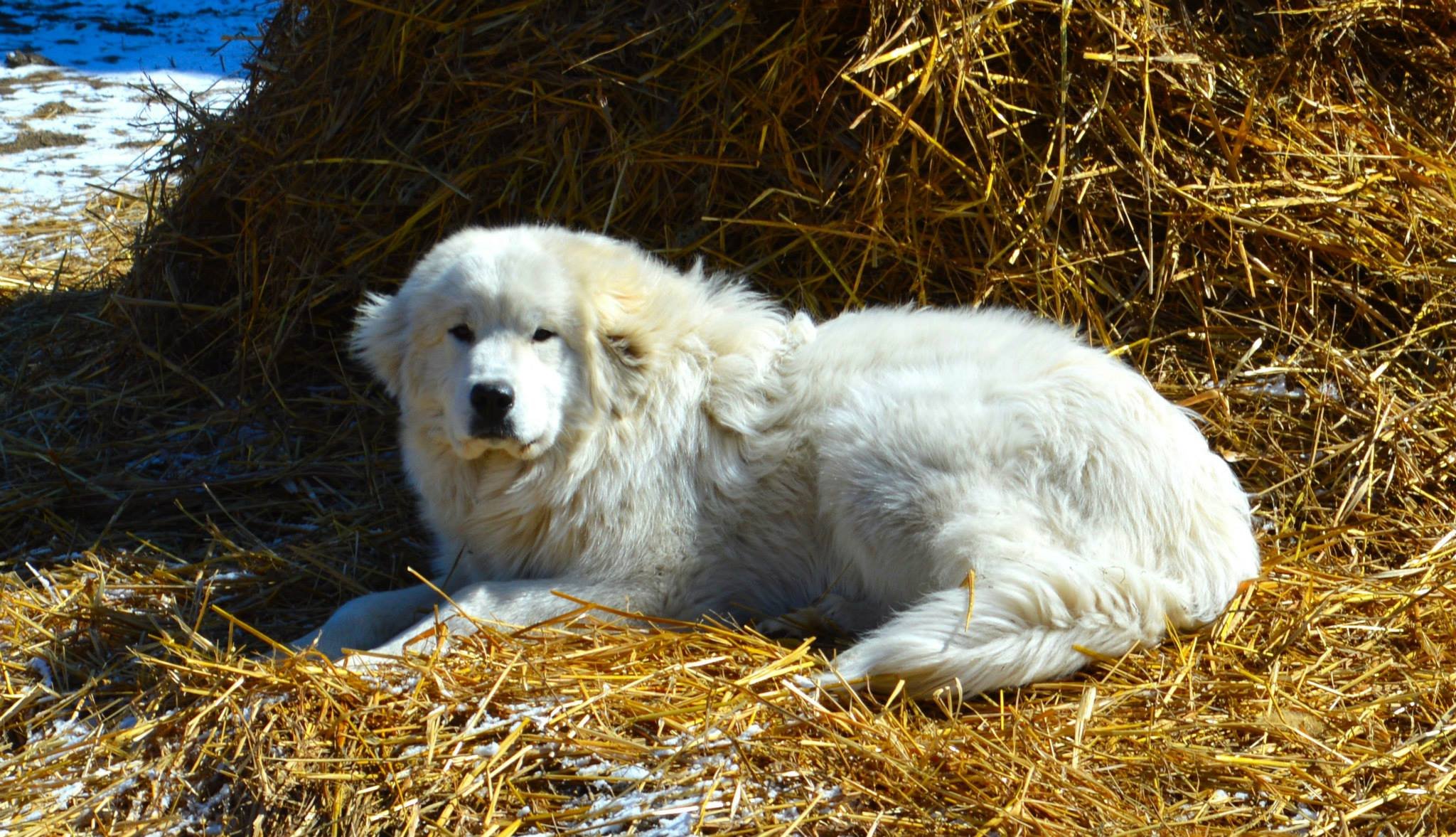

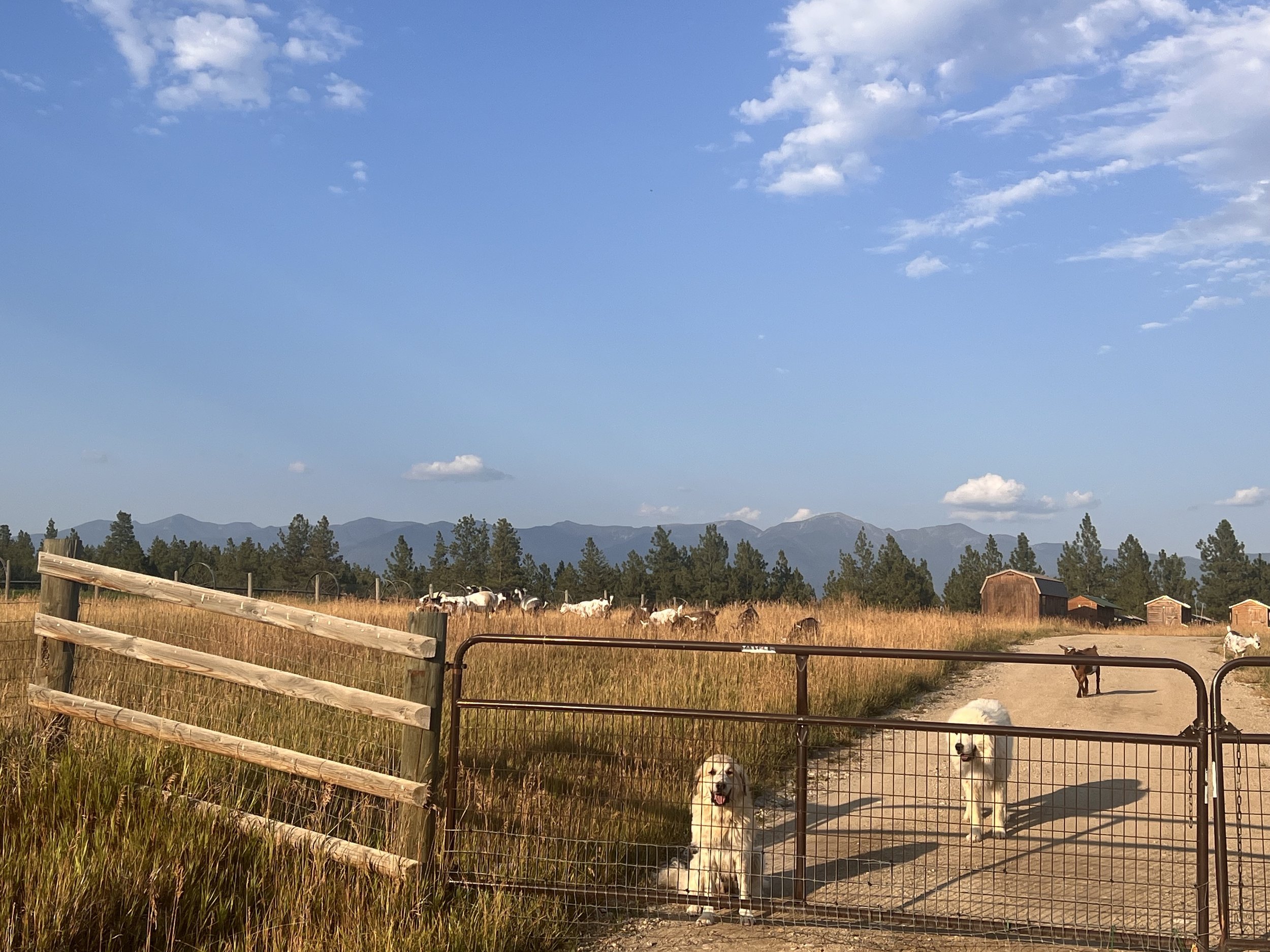



Mellow Companions
•
•
Vigilant Protectors
•
Mellow Companions • • Vigilant Protectors •
Recommended Links
Great Pyrenees Club of America
https://greatpyrenees.club/livestock-guardian-dogs/
Texas A & M Livestock Guardian Dog Program. Excellent video series on training.